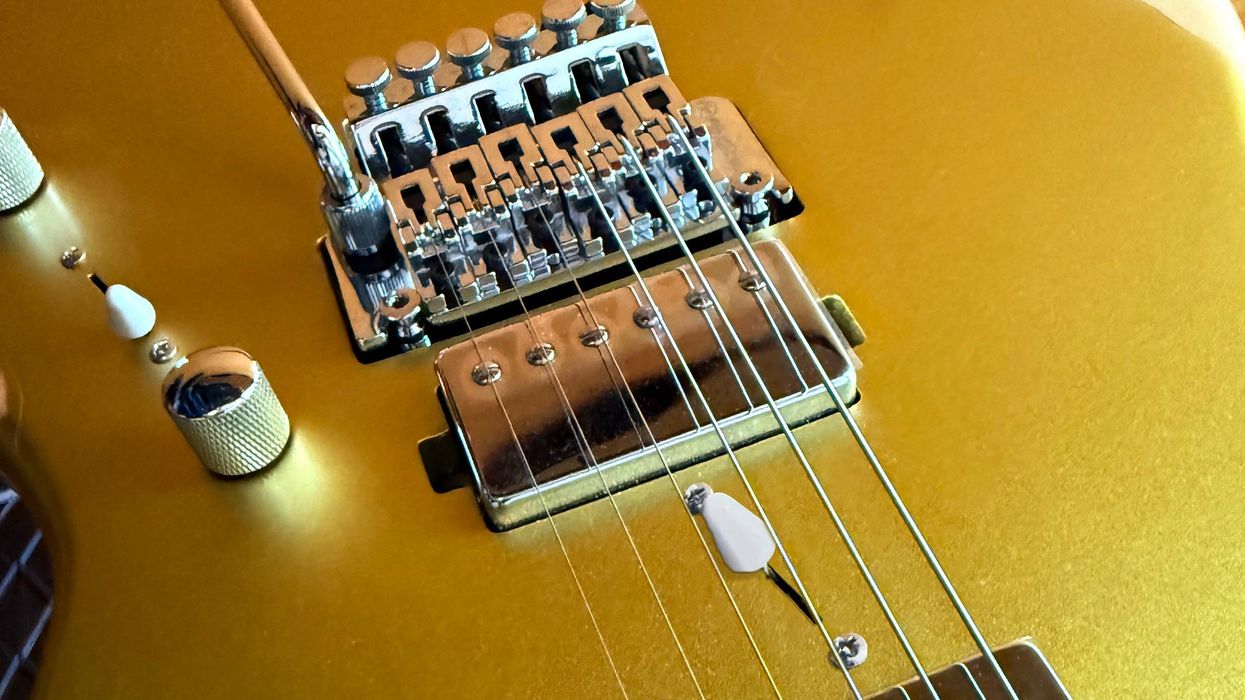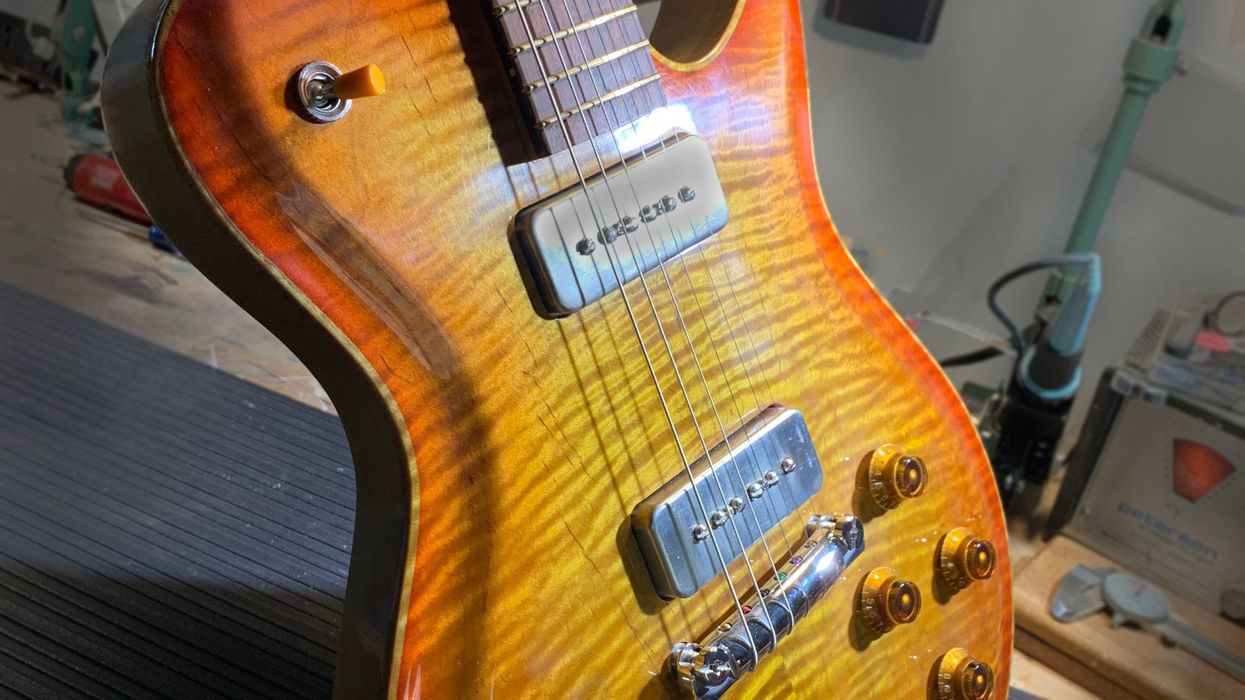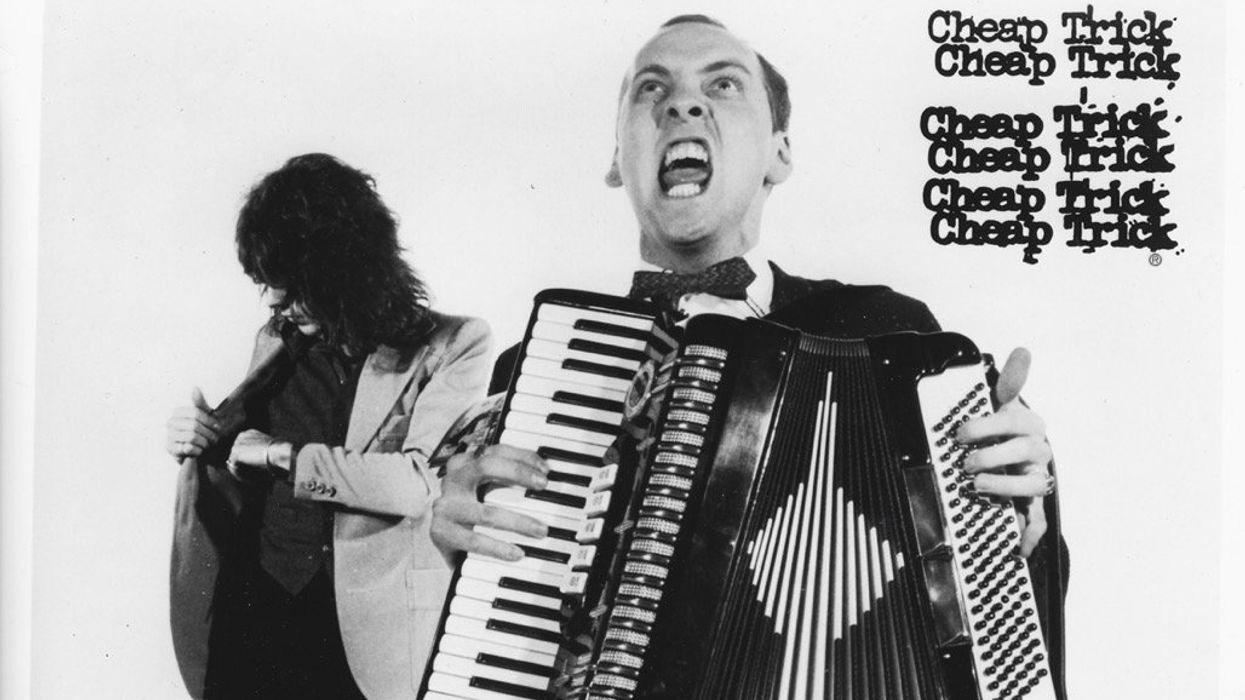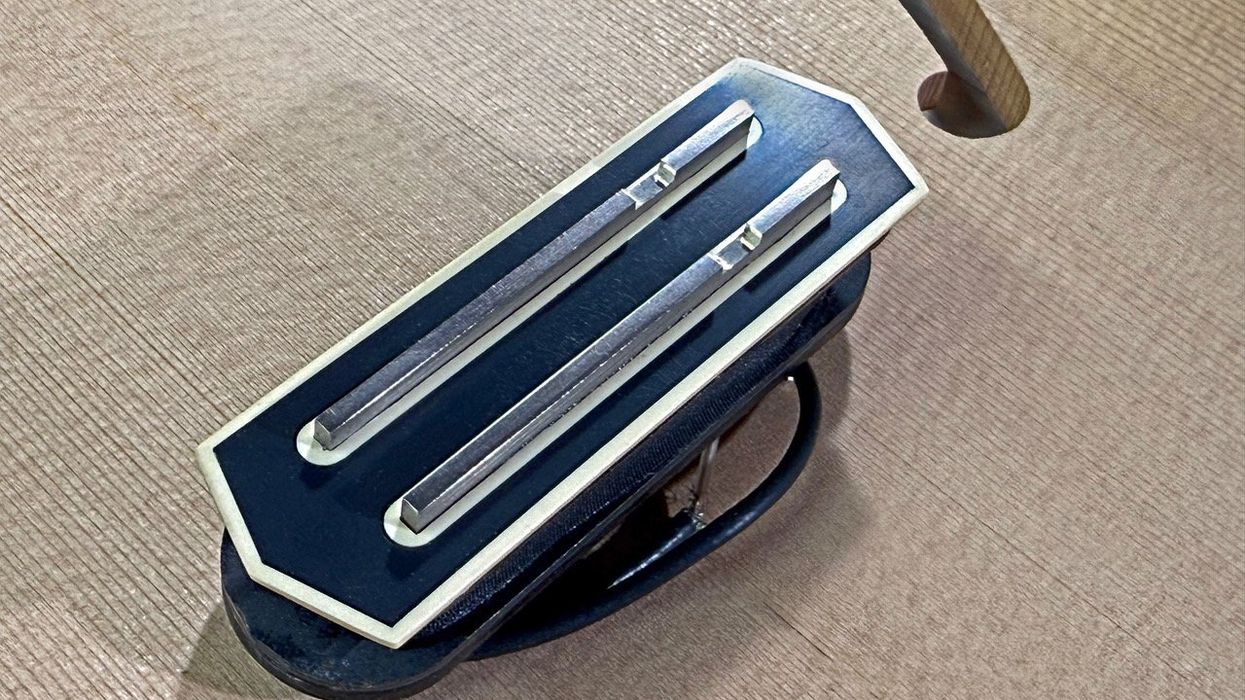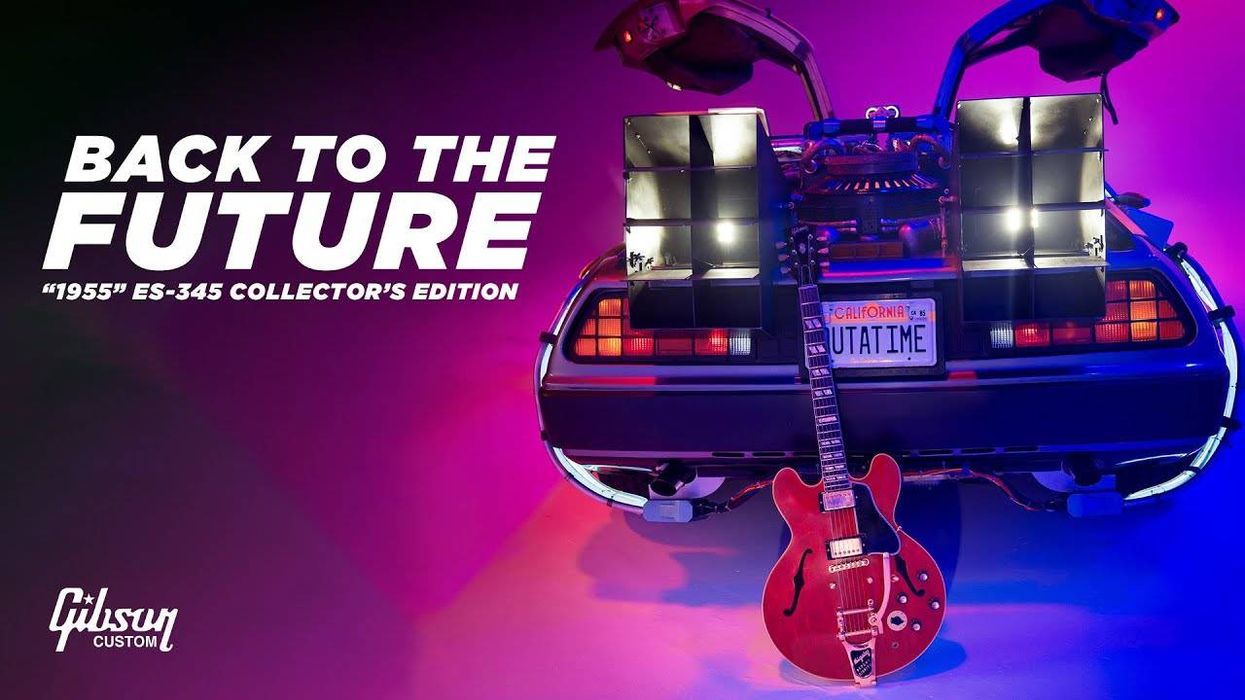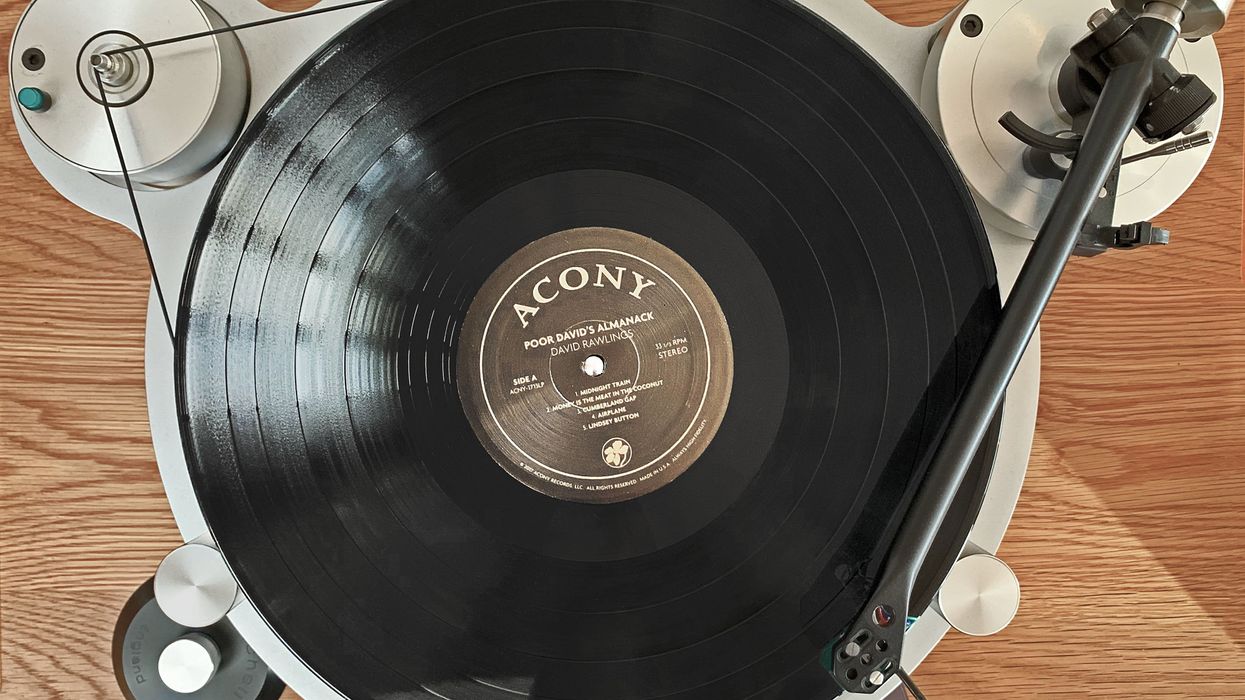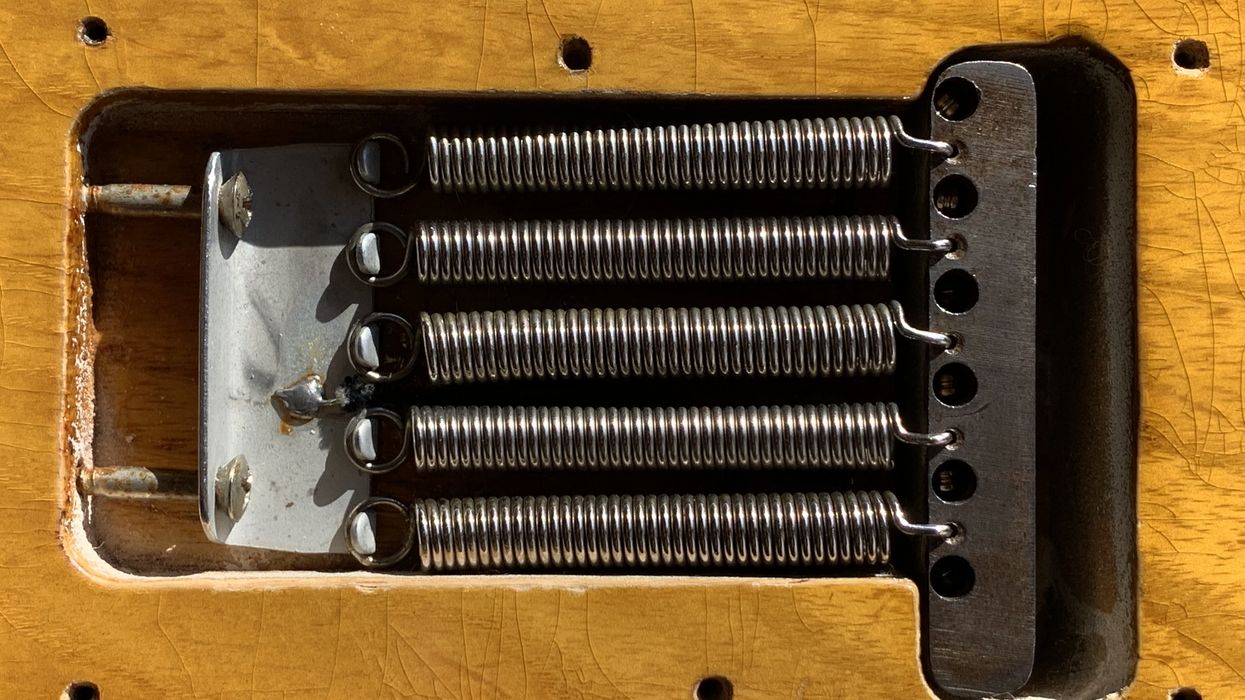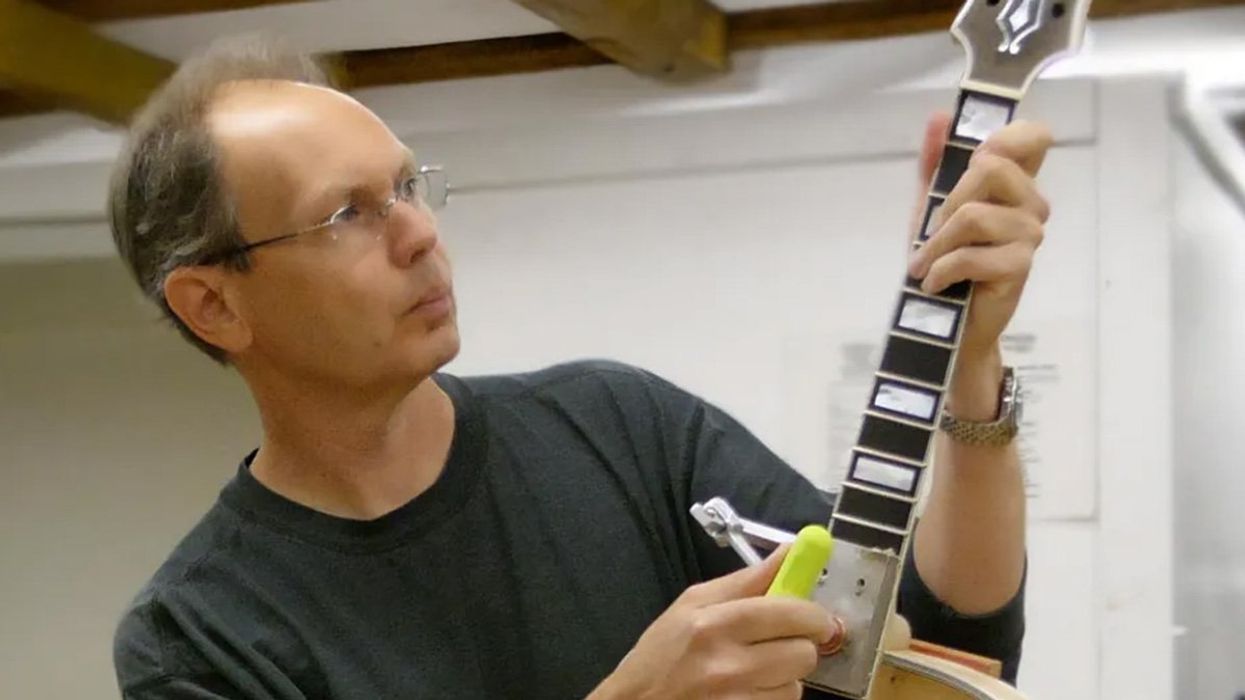Trying to figure out how to mix up your musical life this year? Here are some ideas.
Here we are again friends, at the beginning of the human construct known as the New Year. So, as is traditional here at Esoterica, I’m compelled to lay out some goals I’d like to pass on for the months ahead. A lot of things have happened and changed in the last few years, and yet things are oddly the same. The chase for the ultimate guitar tone remains with us, even as tone changes with the winds and whims of fashion. Still, I feel compelled to daydream about our opportunities to grow as musicians and passengers on spaceship Earth in the coming year. So, enough of my yakking—here’s the setlist:
Stop calling it a fingerboard. Unless you are playing a fretless instrument, the part of your instrument that harbors the frets is known as the fretboard. It’s a board, and it holds frets. I’ve taken heat for using the wrong term, so I’m working on this, too. We need solidarity here, so I promise to help you if you help me.
Learn the names of those “wacky” chords you use. It has never been easier to decode your fretboard. (See what I did there?) There are some great apps for this sort of detective work, and you probably already have one or more on your phone. I’ve been using GuitarToolkit for years as a mobile tuner. Like many of the other offerings out there, it has a function that lets you enter the chord voicing on a virtual fretboard, and it tells you what it is. You may not improve your playing, but it’s always empowering to discover you already know how to play Esus4.
Introduce a child to guitar music. I never really thought about this sort of thing before, but somebody’s got to do it. Parents subject their kids to junk food and stick-and-ball sports, so be an evangelist for the arts and put a cranked electric in the hands of a kid—and watch the fun begin. I built a kit guitar with my granddaughter for her birthday, and now she’s playing White Stripes songs. I can’t wait to show her some Tanya O’Callaghan and Larkin Poe videos! This year I’m going to get her little brother some drums just to annoy her parents.
Tune ’em down, speed ’em up, and strain those vocals like bloody murder. Before you know it, you’ll be touring stadium gigs packed with young fans who’ve never heard country music before.
Install a Floyd Rose on your Jazzmaster. Do I really have to explain this? It’s a natural progression to defile a classic instrument in order to piss off future generations of collectors. While you’re at it, put some active pickups in that vintage Harmony Rocket III and put the OG foil pickups on Reverb.
Rework some country tunes. Nothing is as edgy as bending genres. This is exactly what put classic acts like Led Zeppelin, Steve Miller, and the Black Keys on the musical map. My bet is on turning Garth Brooks and Dwight Yoakam ballads into modern anthems. Critics have called bro’ country “classic rock with a cowboy hat,” so here’s your opportunity to turn the tables for fun and profit. Tune ’em down, speed ’em up, and strain those vocals like bloody murder. Before you know it, you’ll be touring stadium gigs packed with young fans who’ve never heard country music before.
Refinish your relic Strat to mint condition. As long as we’re zigging while others zag, you may as well define the next big trend in guitars. Factory fresh is what you’re looking for, so make sure you use gobs of polyester clear to provide the final detail. And if you’re stuck with that minty PRS, go against the grain and refinish it with nitro and put it in the freezer until it checks like crazy. This goes over great at corporate gigs.
Befriend an aging musician. This is more of a cry for help on my part than advice to you. Just like a 23-year-old Peter Green introduced older Chicago bluesmen to sideways vibrato, you can teach old dogs new tricks too. The younger generations always have the latest innovations and techniques that can give has-been guitarists a new perspective and extend their careers. Move past the boomer jokes and help us understand that tone isn’t in our arthritic hands.
Get John Bohlinger to rundown your rig. Let’s face it, Bohlinger’s Rig Rundowns are the launching pad to stardom. He’s the man behind the careers of Joe Bonamassa and Doyle Wolfgang von Frankenstein. So why build your fanbase organically? That’s so 2019. Just think, you’ll be turning this page (or scrolling) and BOOM.



